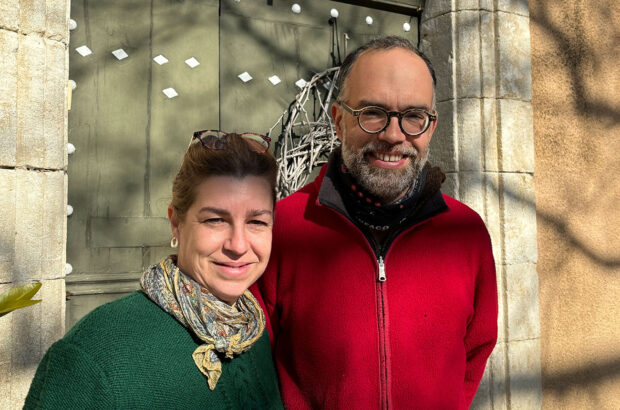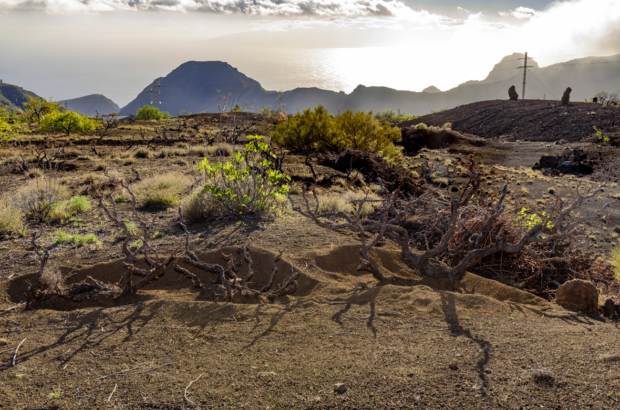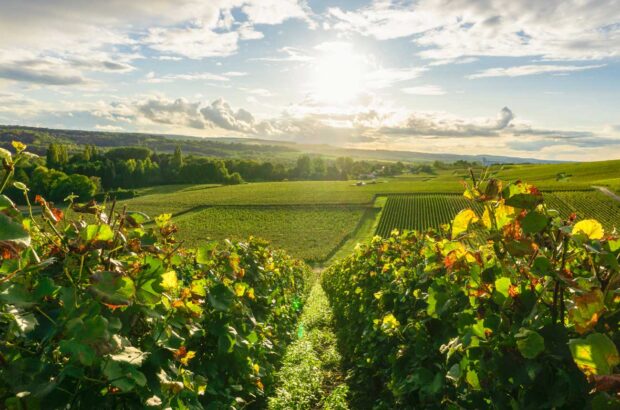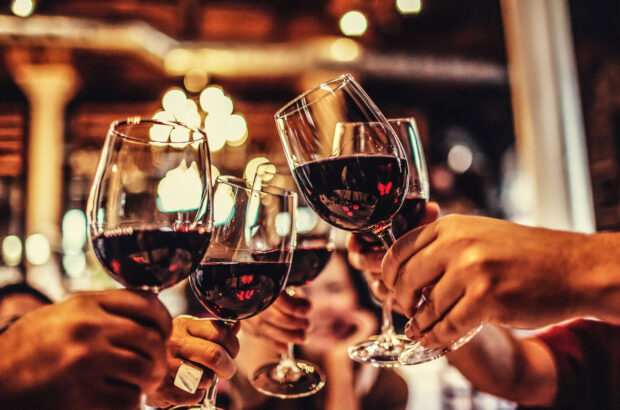It's not one of the all-time great vintages, but Burgundy lovers who choose with care will enjoy the wines' early approachability, supple tannins and fresh, vibrant fruit. Tiny yields mean prices look set to rise though, warns Sarah Marsh MW.
It may not be heralded with the fanfare of the delicious 2009s, but 2010 is a typical cool-climate vintage of red Burgundy for those who enjoy a racier style. After a rainy summer, the vintage could have been a damp squib, but it’s easy to love the vivid fruit, freshness, fine aromas, supple tannins, energy and extract. The saving grace for 2010 was tiny yields, healthy grapes and a decent September. The small berries gave a high ratio of skin to juice, hence plenty of tannins, body and colour; their health alleviated any urgency to harvest. Finally the cool, dry September provided a long hang time on the vines during which the skins ripened beautifully, while the acidity remained vibrantly fresh. Hey presto – you have a pristine, classic Burgundy vintage.
A word of caution: quality is not as consistent as in 2009. It was necessary to start harvesting in late September, while the trend in Burgundy is to pick early and preserve the acidity. Low yields, which were pretty universal, give some consistency, but it remains a vintage in which to know your grower. The less conscientious may produce wines with unripe tannins and a lack of concentration. Unlike the obliging 2009, this vintage did not make itself.
The best wines are aromatic and elegant with fresh, ripe fruit expression, versus the rich ripeness of 2009. It shares high acidity with 2008, but the tannins are different. The plentiful, supple tannins are one of 2010’s best features – whether silky, satiny or velvety, they should be refined. Growers were able to use the ripe stalks effectively in 2010 to give precision to the aromas and extra finesse and dimension. Thomas Bouley (Domaine Jean-Marc Bouley) and Nicolas Rossignol illustrate this with their elegant Volnays.
Vintage style, by area
On the Côte de Nuits, Gevrey-Chambertin was consistent, with fine-textured tannins and energy coupled with elegance. In Morey-St-Denis the vintage has lifted the aromatics and smoothed out the more robust tannins. Chambolle-Musignys are delightful, fresh and lucid. In Vosne-Romanée the vintage brings charm: less power and more elegance. Nuits-St-Georges is mixed, however, possibly because of more rain and botrytis here.
On the Côte de Beaune, Volnay sings with fine fruit and vivacity. The 2010s are lithe in comparison with 2009. There are juicy wines from richer soils and lovely minerality from the rockier places. It’s also a top year for Beaune itself, with excellent premiers crus from good négociants. The fruit is not too ripe (it could verge on slightly jammy in 2009) and shows up the terroir. I prefer Volnay and Beaune in 2010, and Pommard in many cases, which has given lively, invitingly fruity wines with supple tannins. Care was needed in cooler areas in Corton, so play safe with the premium southeast-facing sites which produced deliciously deep, ripe, but fresh wine. Generally, Savigny-lès- Beaune is lively, with plenty of concentration.
Expect high prices
Tasting at more than 40 domaines and the top négociants, it is clear that 2010 is a cut below the top-drawer 2005. The 2009s will have wider appeal, but many will prefer 2010. Both have their strong points. Some 2010s are better than 2009, while at the top end on the Côte de Nuits, the powerful 2009s may well have greater potential for ageing. A natural balance and easy harmony in the wines suggest they will be lovely young and will develop gracefully. You could approach the village wines in 2013, the premiers crus from 2015 and the grands crus from 2018, but the fresh acidity and overall balance beg for longer. A top premier cru would repay a good 10 years’ patience. Given the small quantities it seems almost inevitable that prices will rise, but hopefully the generic and village wines will remain on a par with 2009. While there is sensitivity to the global economy, I would envisage a 5% to 15% increase on the premiers crus – and you’ll need sharp elbows and deep pockets to get near the grands crus.
See Sarah Marsh MW’s top red Burgundys
Read Sarah Marsh MW’s white Burgundy 2010 vintage report
See Sarah Marsh MW’s top white Burgundys







